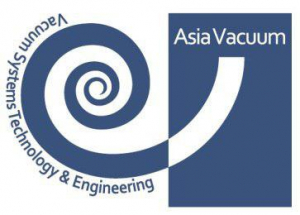What is a “Roots Blower”?
What is a “Roots Blower”?
A roots blower pump is a positive displacement rotary lobe pump that operates by pumping a fluid with a pair of meshing lobes not unlike a set of stretched gears. Fluid is then trapped in pockets surrounding the lobes and carried from the intake side to the exhaust.
Why is the rotary lobe blower called a “Roots Blower”?
The positive rotary lobe blower was designed in the 1850s by the Francis and Philander Roots brothers. It was later patented in 1860 by the brothers and the Roots name became the name of the design.
What is the basic principle of a “Roots Blower”?
The roots blower’s principle consists of the following: the process starts with air flowing from the inlet port into the element chamber. The timed rotation of the rotors against the wall of the chamber creates a so-called “air flow direction”. At this point, there is still atmospheric pressure in these chambers.
As soon as the first lobe passes the opening to the pressure side, the system pressure is adjusted. This is called isochoric compression. The rotors seal each other off to the inside, which prevents a change of pressure.
How does a “Roots Blower” operate?
A Roots blower operates using the isochoric compression principle, also known as external compression. The pressure increase is achieved by intermittently transporting a gaseous medium (e.g. atmospheric air) into a system.
By forcing the medium from atmospheric conditions into a system with a given resistance (e.g. a water column, distribution network), the relevant pressure increase is achieved. The roots blower will operate at a controlled output level to overcome this resistance.
What is the Robuschi “Roots Blower” series composed of?
The Robuschi “Roots Blower”; called RBS, is composed of three conjugate lobe shaped rotors which rotate inside a pre-machined chamber. The chamber is sealed by the rotating rotors, and the rotors are synchronised by means of a timing 1:1 gear ratio, positioned at the end of the shafts.
Bearings are positioned externally to the compression chamber with an oil lubricated system. The drive shafts have labyrinth style oil seals, so called because of the labyrinth of grooves that the oil must pass through. The splash lubrication system uses a fine mist of oil for lubrication.
